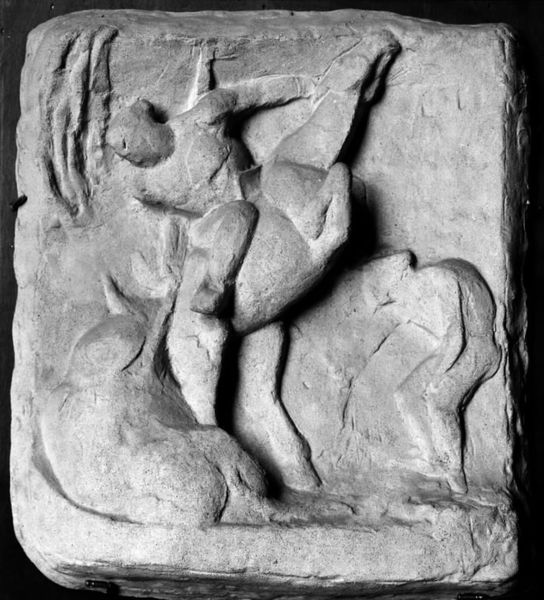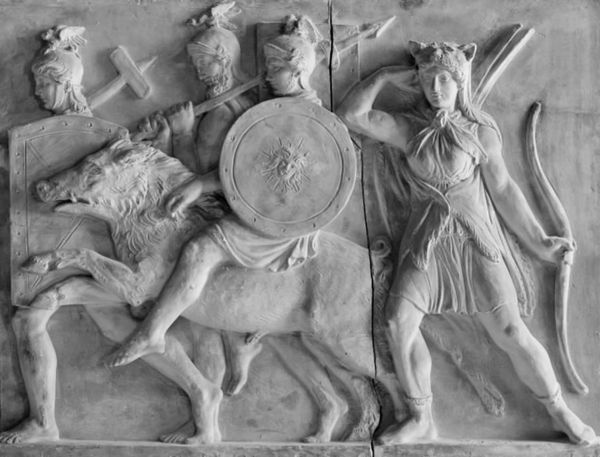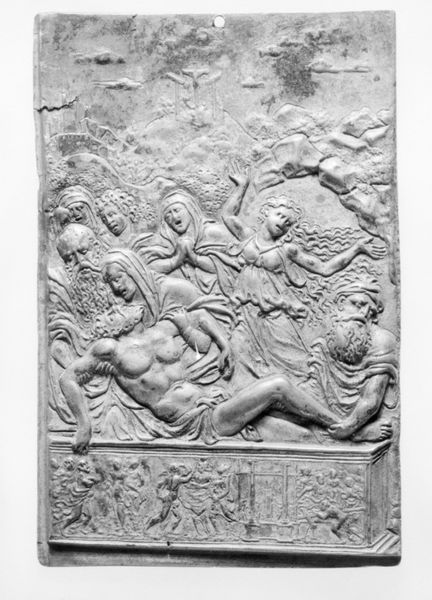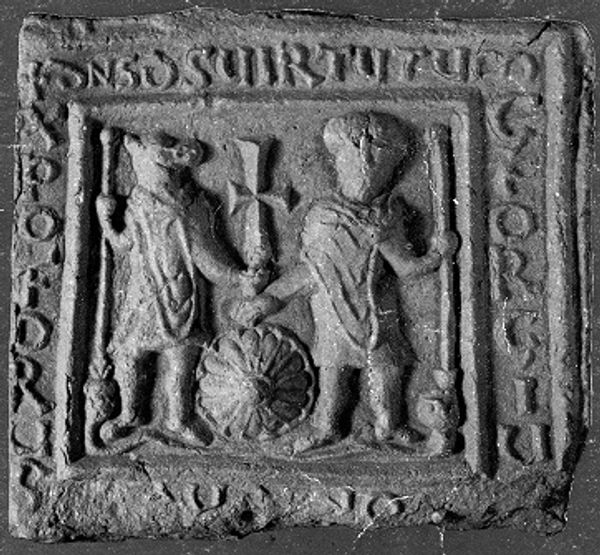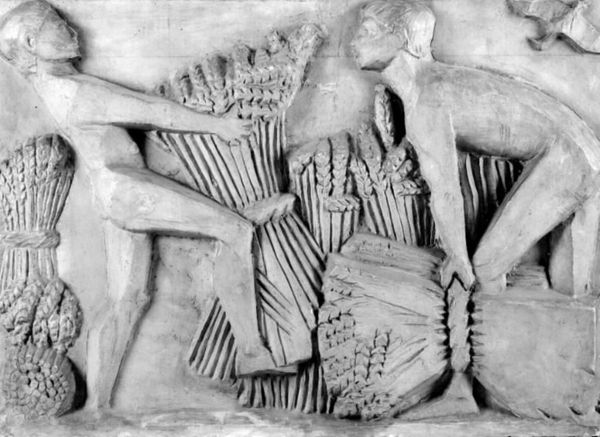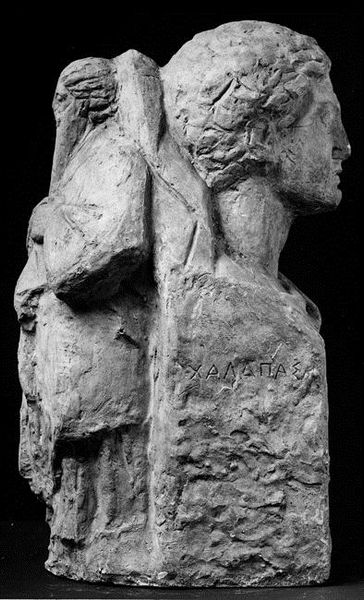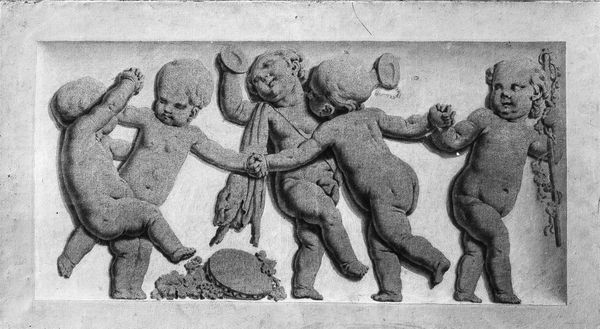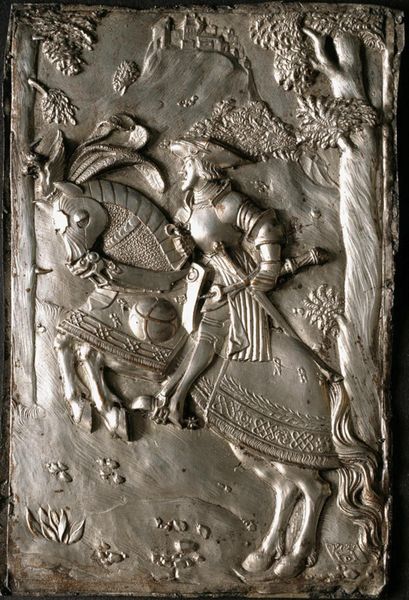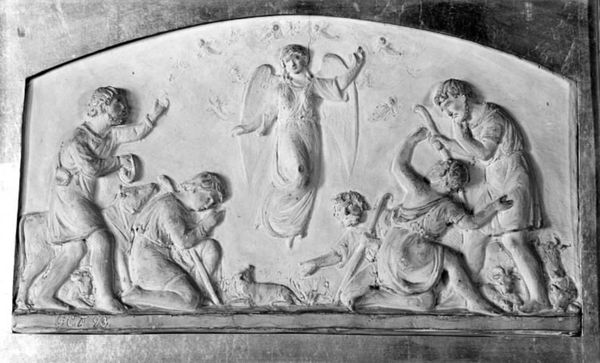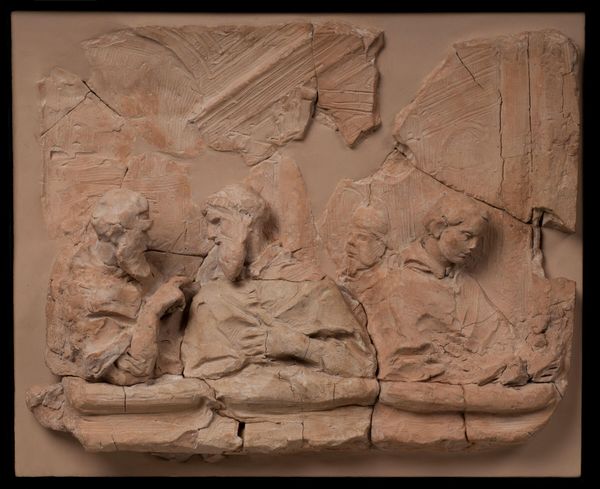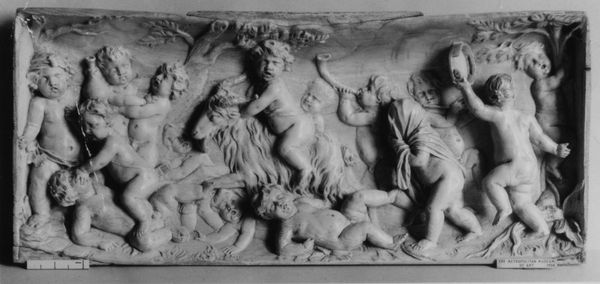
relief, bronze, sculpture
#
cubism
#
sculpture
#
relief
#
bronze
#
figuration
#
geometric
#
sculpture
#
history-painting
#
modernism
#
statue
Dimensions: 26 cm (height) x 28 cm (width) x 5.5 cm (depth) (Netto)
Editor: We are looking at Manolo's "Bullfight," a bronze relief from 1922. It's surprisingly static for such a dynamic subject; I expected more drama! What strikes you most about this work? Curator: What strikes me is the choice of bronze. It elevates a popular spectacle, bullfighting, into something…historical, monumental almost. Consider the labor involved: the mining of the ore, the casting process, the finishing. What was Manolo trying to say by imbuing this scene with that weight? Editor: That's interesting. I hadn't thought about the process so much, just the image. Did the use of bronze make bullfighting seem more "acceptable" to a high-art audience? Curator: Precisely! Bronze has a specific cultural weight tied to tradition and permanence. Was Manolo complicit in glorifying this controversial "sport," or was he critiquing its cultural status by framing it within this high-art material? Think also about consumption: Who would purchase this relief? How would they display it and what statement does that makes? Editor: So you are asking what power structures are implied through the work, by glorifying what otherwise can be seen as inhumane? Curator: Exactly. What social narratives are built around it? It’s not just about the aesthetic appeal, but about labor, materials, access and underlying societal constructs that make an artwork "art". Editor: That definitely gives me a different perspective, thinking about the bronze not just as material but as a loaded choice, related to social class and ethical discussions. Thank you for the analysis! Curator: Likewise! The surface appearance deceives because materiality itself carries a history that is anything but still.
Comments
No comments
Be the first to comment and join the conversation on the ultimate creative platform.
